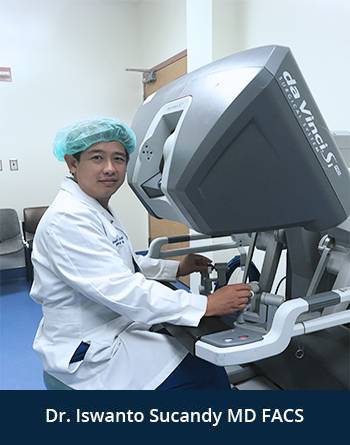Hepatic Adenoma & Focal Nodular Hyperplasia

Hepatic adenoma, also known as hepatocellular adenoma is a common benign liver mass with malignant potential, that frequently occurs in woman of childbearing age. It is strongly associated with long-term use of hormonal contraceptives or other forms of estrogen. It is also seen in much less frequency in men who use body building steroid. Hepatic adenoma is not associated with liver cirrhosis, hepatitis C infection or chronic alcohol use. Patients with hepatic adenoma usually present with normal liver function.
With hepatic adenoma, 20-25% of patients present with right upper quadrant discomfort and as many as 30% experience bleeding into the adenoma. The size of the mass can vary from 1-20 cm in diameter and the risks of malignant transformation into hepatocellular carcinoma liver cancer increases significantly at 4 cm. Most patients present to their primary care physician, who subsequently proceeds to order an abdominal ultrasound or CT scan. Many patients came to see a liver surgeon with an MRI of the liver as well. Sometimes, percutaneous/laparoscopic liver biopsy is necessary to confirm the diagnosis of hepatic adenoma and to rule out other potential malignant liver cancers.
Once the diagnosis is made, liver resection is required for a hepatic adenoma greater than 4 cm. Oral steroid or estrogen contraceptive medications should also be discontinued. It is very important to see a liver specialist or a liver surgeon with extensive experience in liver surgery. Laparoscopic liver resection or robotic liver resection is the ideal surgical method, if minimally invasive liver surgery expertise is available in your area. Size, location, proximity to major biliary or vascular structures determine whether patients can be offered a minimally invasive liver resection, instead of open liver resection. Hepatic adenoma of any size in men requires liver resection due to high probability of malignant transformation. Recurrence of hepatic adenoma in the same area after a complete liver resection is highly unlikely.
Focal nodular hyperplasia (FNH) is 10 times more common than hepatic adenoma. It is predominantly diagnosed in woman 30 to 50 years old. Most FNH is found incidentally, but it can also be revealed by clinical symptoms such as pain, discomfort, nausea, palpable mass, or increased liver function test on lab work. A high-quality CT scan or MRI scan is able to diagnosis FNH with high certainty. A central scalltolate scar is the pathognomonic finding for FNH. A percutaneous or laparoscopic liver biopsy is rarely necessary to confirm tissue diagnosis.
An experienced radiologist should be able to differentiate hepatic adenoma from FNH relatively easily.
For FNH, complications such as structure or bleeding are rare and malignant transformation to become a liver cancer has not been reported. Therefore, FNH does not necessarily require surgical liver resection. An observation is needed to ensure stability. Enlarging FNHs, however, can create abdominal symptoms such as pain, nausea, vomiting, early satiety, and weight loss secondary to a mechanical compression by the large FNH to other surrounding organs such as stomach, small bowel, diaphragm, and abdominal wall. In this circumstance, the FNH then requires liver resection. Laparoscopic or robotic liver resection is ideal. A consultation with an experienced liver specialist or a best liver surgeon is important to avoid a misdiagnosis and to properly manage this finding.
Dr. Iswanto Sucandy and his team in Tampa Bay Area are experienced in managing hepatic adenoma and focal nodular hyperplasia. When liver resection becomes necessary for a hepatic adenoma larger than 4 cm, we have the expertise in performing minimally invasive robotic liver resection. We are the only center in the area/State of Florida that routinely offer robotic liver resection. Most patients stays in the hospital for only 2-4 days.


